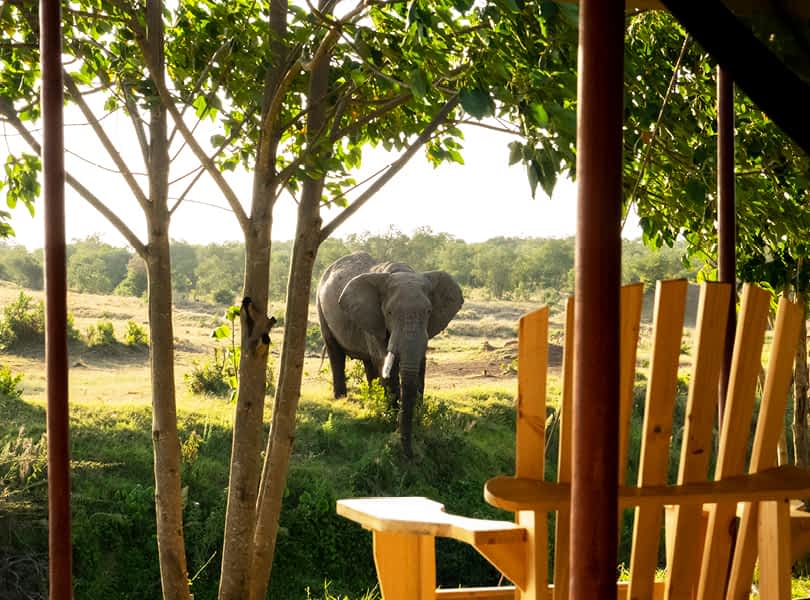Both Kenya and Tanzania boast an incredible array of national parks, game reserves, and conservancies, that have become synonymous with thrilling safari adventures. However, as the demand for wildlife encounters continues to rise, certain regions have garnered more attention, resulting in a surge of tourists that can detract from the immersive experience we yearn for. There are still hidden gems within these two East African countries that offer a respite from the crowds, allowing visitors to connect with nature on a deeper level. Here is our list of the Best crowd-free safari destinations.
1. Ruaha National Park, Tanzania
Only about 1% of visitors to Tanzania go to Ruaha for a safari, which makes it a great destination for travelers looking to avoid crowds.
Rauha is located in the southern part of Tanzania. It covers an area of approximately 20,000 square kilometers and was established in 2005, as a way to protect the unique ecosystems and wildlife in the region.
With vast open plains, ancient baobab trees, and the Great Ruaha River, this park offers a sense of untouched wilderness. It is home to a diverse range of wildlife, including elephants, lions, leopards, giraffes, and many species of antelopes. It’s also an important habitat for several endangered species such as the African wild dog, cheetah, and black rhino.
As well as game drives guests can also go on walking safaris.
Rauha also supports the livelihoods of local communities through tourism revenue and job opportunities.
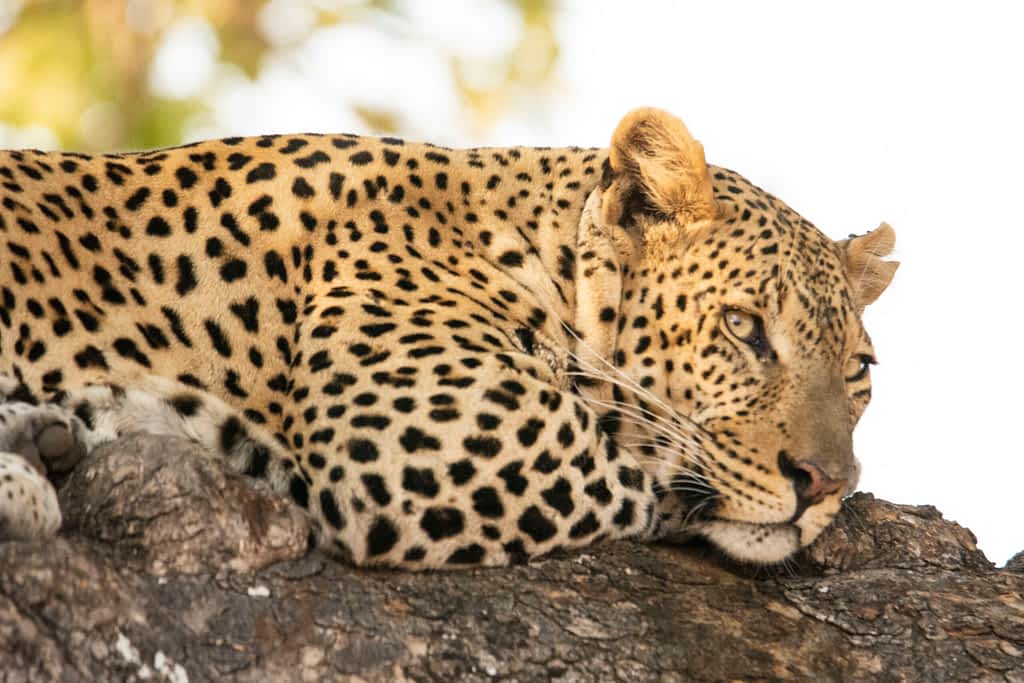
2.Nyerere National Park, (Formerly known As Selous) Tanzania
At 30,893 square kilometers, the vast Nyerere National Park is Africa’s largest stand-alone National Park and one of the largest in the world. The park is located in south Eastern Tanzania, It’s a remote and wild safari destination that promises a true wilderness experience. The reserve is home to a large population of African wild dogs, as well as elephants, buffalos, lions, and hippos. Visitors can also go on walking safaris, boat safaris, and fly-camping trips to explore.
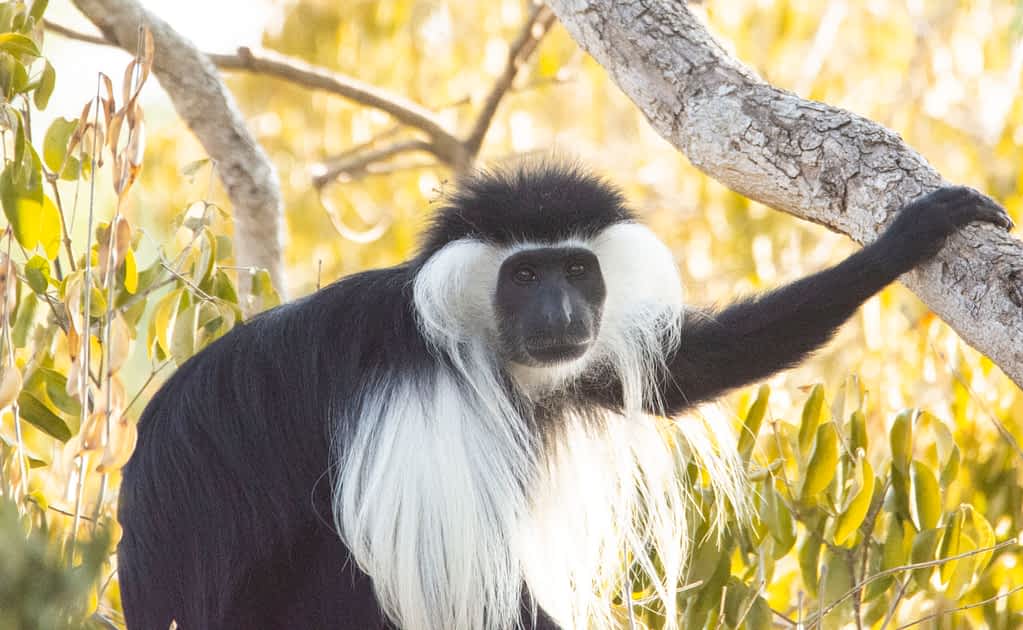
3. Naboisho,Conservancy, Maasai Mara, Kenya
Great for the first-timer as well as experienced safari goer.
Naboisho Conservancy is a private wildlife conservancy that borders the Maasai Mara National Reserve in Kenya. It covers an area of approximately 50,000 acres and was established in 2010 by a group of Maasai landowners in partnership with a tourism operator.
The Conservancy is known for its high concentration of wildlife, especially lions, in impressive numbers as well as leopards, elephants, cheetahs, and many species of antelopes.
One of the unique aspects of Naboisho is its low-impact tourism model, which aims to provide a more sustainable and authentic safari experience while also supporting conservation efforts and the local community. The Conservancy has a limit on the number of guests allowed at any given time, ensuring a more exclusive and personalized experience for visitors.
Naboisho Conservancy also employs local Maasai guides and rangers who are trained in conservation and wildlife management. The conservancy has established a partnership with the local community to share the benefits of tourism, such as providing jobs, supporting education, and healthcare initiatives.
Visitors to Naboisho Conservancy can participate in various activities such as game drives, night drives, walking safaris, and cultural visits to local villages.
Naboisho is part of the Greater Mara Ecosystem, which includes the Maasai Mara National Reserve and several other private conservancies. Together, these protected areas form a critical habitat for wildlife migration and support the livelihoods of local communities through tourism revenue and job opportunities.
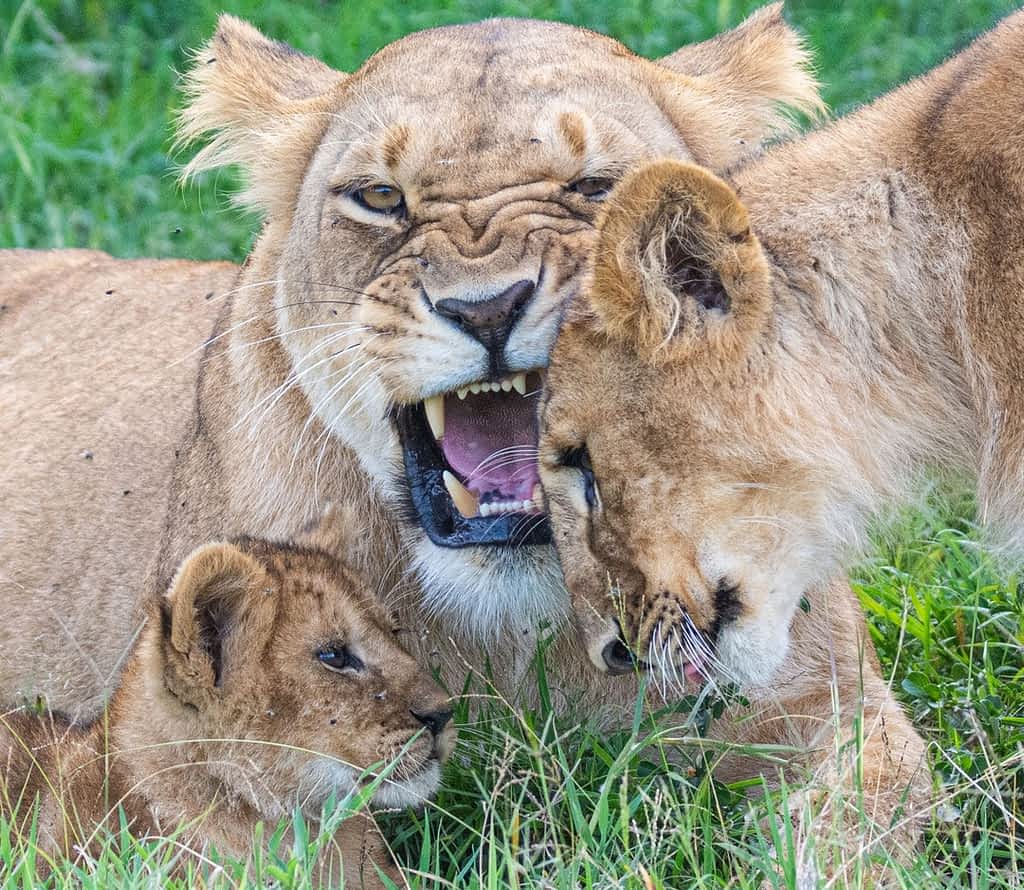
4. Samburu National Reserve, Kenya
Nestled in the arid landscapes of northern Kenya, Samburu National Reserve stands as a captivating and lesser-known gem among the country’s safari destinations. Located along the banks of the Ewaso Ng’iro River, this diverse and picturesque reserve offers a distinct and unique wildlife experience, making it a haven for nature enthusiasts and adventurous travelers seeking an off-the-beaten-path safari adventure.
The Reserve spans over 165 square kilometers. What sets Samburu National Reserve apart is its remarkable biodiversity and the presence of several rare and endemic species that are not commonly found in other parts of Kenya. These animals are known as the Samburu five: reticulated giraffe, Grevy’s zebra, Somali ostrich, gerenuk, and Beisa oryx. The Reserve is also home to a wealth of other wildlife, including elephants, and lions.
Visiting this area will give visitors the chance to engage in cultural encounters with the local Samburu people. These semi-nomadic pastoralists have inhabited the region for centuries and have a rich cultural heritage. Visitors can visit Samburu villages, interact with community members, and learn about their traditional way of life, adding a meaningful cultural dimension to their safari experience.

5. Kalama Community Conservancy, Samburu, Kenya
It may not have the high density of wildlife as other popular safari destinations, but it does offer exclusivity, as there is only one camp in this private conservancy, with just six suites.
Located in northern Kenya, bordering the Samburu National Reserve. It was established in 2002 by the local Samburu community as a way to protect wildlife and natural resources while also providing economic benefits to the community.
Kalama covers an area of approximately 200 square kilometers and is home to a diverse range of wildlife including elephants, lions, leopards, cheetahs, and many species of antelopes. It serves as a critical habitat for endangered species such as the Grevy’s zebra, Reticulated giraffe, and wild dogs. It’s also home to the animals known as the Samburu five: Reticulated giraffe, Grevy’s zebra, Somali ostrich,
Guests can participate in numerous activities such as game drives, night drives, guided walks, cultural visits to local villages, and camping under the stars. Because most of the staff are from the Samburu community you will engage with them in an authentic way, and learn about their lifestyle and culture.
Conservancies like Kalama create a network of protected areas that promote sustainable development and conservation.
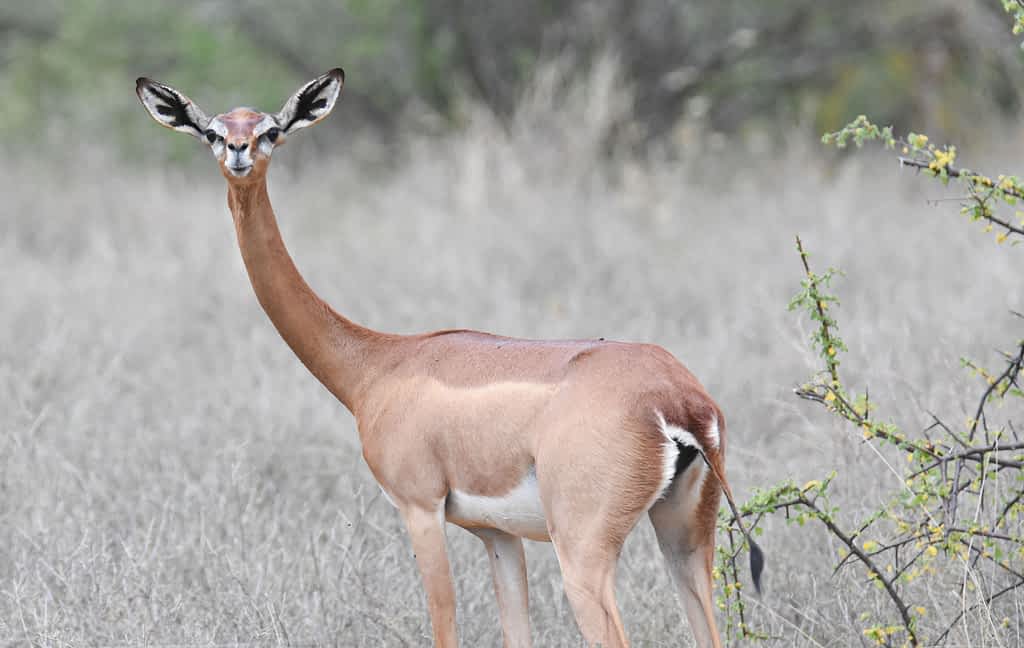
Tsavo is made up of two separate parks, Tsavo East National Park and Tsavo West National Park, the park was split into two due to the railway going from Mombasa to the interior of Kenya.
Tsavo is nearly 22,000 km2 and is the largest national park in Kenya and one of the largest in the world.
Tsavo West is more dramatic with diversity in landscapes ranging from swamps and springs to mountainous terrain. The Shetani Lava Flows and Mzima Springs are points of interest within the park among many natural landmarks and look-out points for maximum game viewing.
Tsavo East is the larger of the two parks, wild in nature and character with easier game viewing due to the flat, dry grassy plains. One of Kenya’s largest rivers, the Galana River flows and meanders through the park. Vast herds of elephants, Rhinos, buffalos, lions, leopards, waterbucks, lesser Kudus, gerenuks, and prolific bird species.

Don’t Just Dream It... Live It!
King Salama Safaris expert team is here to ensure that you experience the best of Kenya. We have traveled extensively throughout the country to design the most unique and exciting itineraries for our guests. We are here to listen and craft the perfect trip for you and your family using local expert guides, high-rated eco-lodges, and top-notch service. From the minute you book with us until we say goodbye to you at the airport, we are with you all the way.




